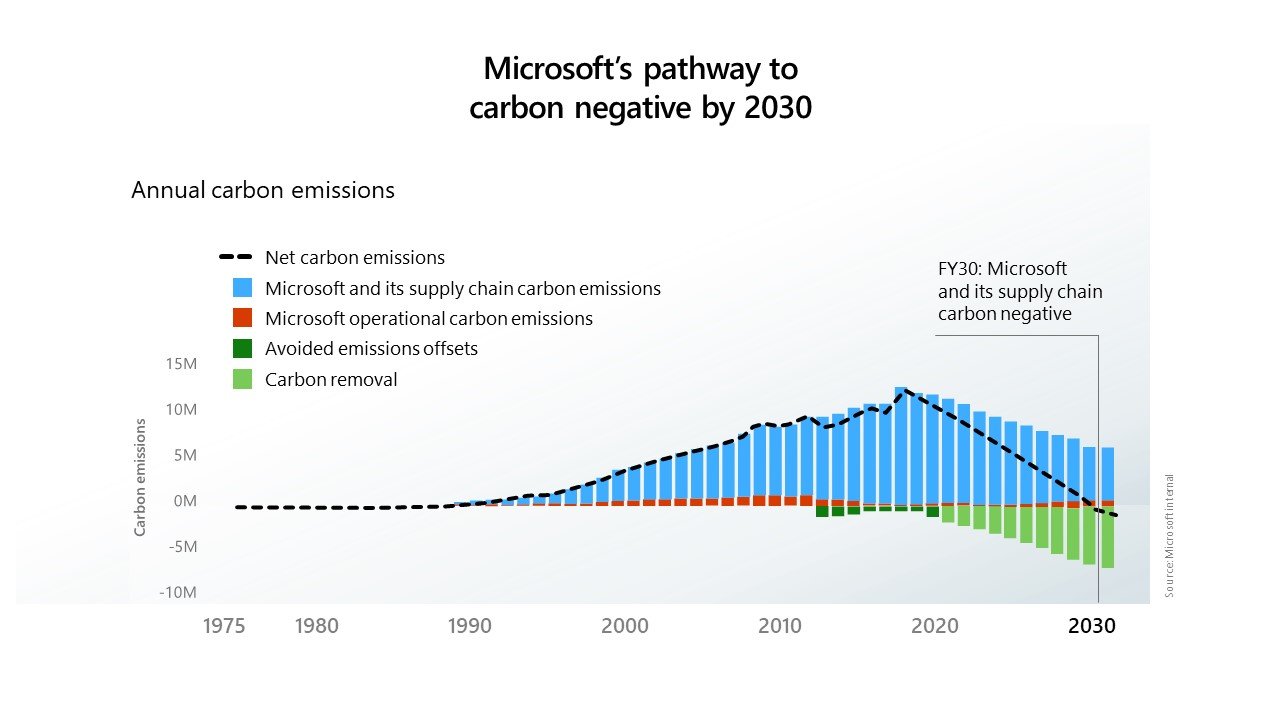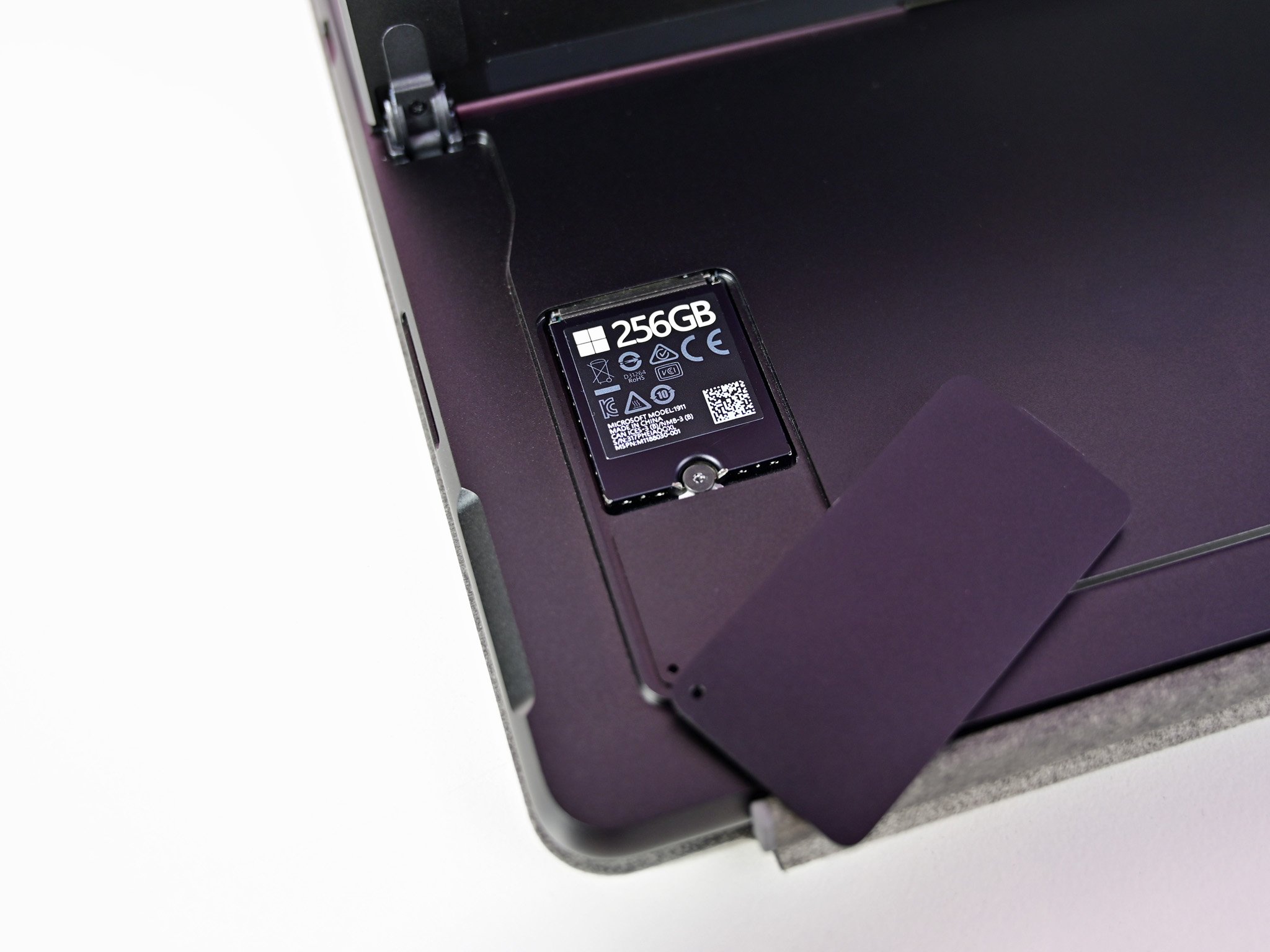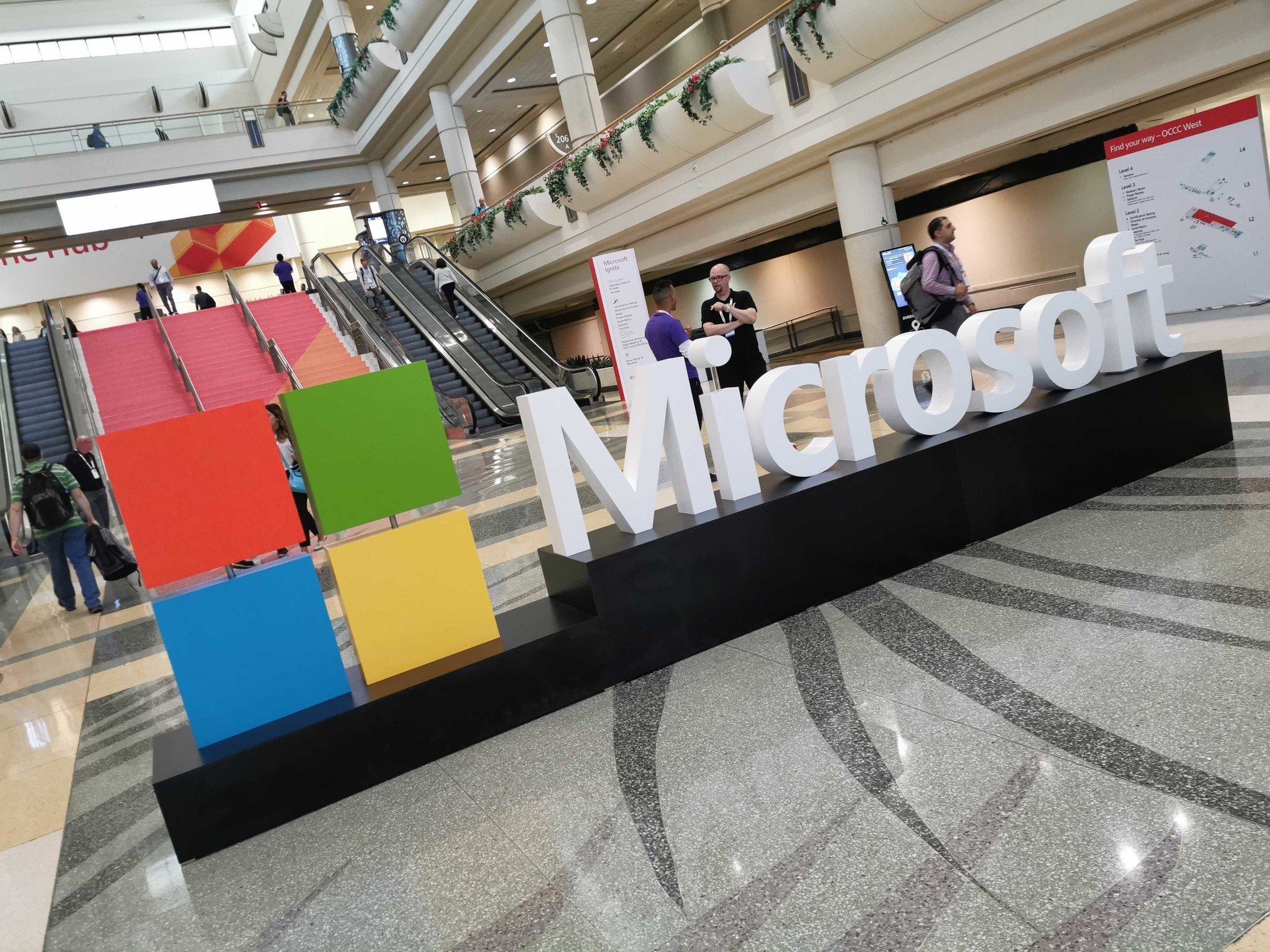How Microsoft is taking its climate change commitments seriously
The cynic in me wondered if it was all just marketing, so I wanted to learn more.

Climate change is a growing problem across the world, threatening to disrupt entire ecosystems across the globe. The world not only faces losing huge amounts of biodiversity with its abuse of the Earth's resources, but it is already affecting daily life for millions of people. Climate change and overconsumption are threatening supply chains and freshwater access while changing weather patterns threaten our ability to cultivate crops, and we face irregular spikes in dangerous climatological disasters.
Climate change is a reality of the cycle of a living, breathing planet, but the rapidity at which this is happening is near-unanimously agreed to be man-made, and the world's biggest corporations shoulder much of the blame.
There's little an individual alone can do to change the tide, but companies like Microsoft are well positioned to change the way they interact with the world at scale. It's with that in mind that I wanted to learn more about what Microsoft is doing in this space, and whether or not they're serious about their commitments to the environment.
Removing Microsoft's 40-year carbon footprint

Microsoft's ambitions for its climate pledges go a little further than some of the other companies out there. It started pledging to improve its relationship with the environment in a more serious way back in 2020, then releasing a report in January 2021 detailing its progress. Microsoft forecast that it had reduced its carbon output by 730,000 metric tons, while also purchasing 1.3 million metric tons of carbon credits, via projects that are seen to have a carbon-reducing effect on the atmosphere. Microsoft also shared its data, to put it up against public scrutiny.
As we head into 2022, I suspect we'll hear another update on how Microsoft's progress is going in this space. But a Microsoft spokesperson reiterated to me recently that their efforts aren't just about reducing their carbon output to net zero, but that it's about moving beyond carbon neutrality.
Microsoft intends to eliminate all of its carbon footprint, dating all the way back to when the company was founded.
Microsoft intends to eliminate all of its carbon footprint, dating all the way back to when the company was founded. I asked whether that included the energy generated by users who use their products, such as Windows itself, which is utilized by literally billions of computers around the globe. Emphatically, Microsoft says "yes."
Microsoft wants to utterly eliminate "100% of the electrons" that it has emitted either first, second, or third hand from its products over the past several decades. Microsoft breaks down its carbon footprint into "scopes," to help it measure and catalogue exactly how much work it has to do. Scope 1 refers to emissions that directly power Microsoft operations, with Scope 2 referring to supply chains, manufacturing, contractors, truck deliveries, and so on. Scope 3 refers to all of its products existing in the world, from Xbox, to Surface, and Windows itself.
Get the Windows Central Newsletter
All the latest news, reviews, and guides for Windows and Xbox diehards.
To that end, Microsoft hopes to achieve net-zero emissions by 2030, with the removal of its legacy footprint prior to 2030 by 2050. To achieve this, Microsoft is investing in a few projects to that end.
Technological solutions
Microsoft is investing in a broad array of projects to try to ease into its climatological pledges over time, and one such high-tech solution actually switched into action this summer. Climeworks is a company that seeks to remove carbon directly from the atmosphere, essentially sucking it up with a gigantic vacuum powered by renewables like geothermal energy, while injecting it into the bedrock underground, naturally turning the carbon to stone.
Microsoft is investing in a broad array of projects to try to ease into its climatological pledges.
Climeworks is backed by Microsoft both as a purchaser of carbon credits, but also as an investor. Microsoft believes that Climeworks is a scalable solution that could form a potent weapon in the arsenal against climate change. Although critics have decried carbon capture tech as expensive, but also insignificant. Climeworks' Iceland plant will only remove 4000 tons of carbon from the atmosphere each year. It would have to scale up exponentially to actually make a serious dent. Some estimates suggest we need to remove several hundred gigatons from the atmosphere to reverse the damage we're causing. You can see the problem here.
Climeworks is only one piece of a bigger interconnected puzzle, though. Microsoft has also purchased 5.7 gigawatts of renewable energy in the past year, which is enough electricity to power over 1.5 million homes. America itself produces 97.2 gigawatts of solar energy, powering just 3% of the nation's energy needs, although the Biden administration hopes to increase that amount to 40% over the next few decades.
The energy sector is responsible for well over two-thirds of emissions, so companies like Climeworks may represent an additional useful tool to help companies outside of the power structure account for their emissions if it can scale as Microsoft expects.

Microsoft also this week announced its support for the right to repair movement. After Surface was criticized heavily for its poor repairability, Microsoft has immediately sought to fix this inconsistency in its climate mission.
Devices like iPads, iPhones, and Surfaces are made to be beautiful, but that beauty comes at a cost. iFixit described the Surface Laptop as a "glue-filled monstrosity," famously, giving it a 0/10 repairability score. Devices that aren't repairable easily are less carbon-friendly by their very nature. They either end up being replaced entirely or can only be repaired by specialists often thousands of miles away from where you live. I had to post my Surface Pro 3 halfway across Europe to have it repaired, and in the end, Microsoft just sent me a new one instead. I have no idea whether or not that broken Pro 3 ended up in a landfill somewhere, but Microsoft does partner with companies to recycle electronic devices, rather than trash them.
The latest lineup of Surface devices are starting to improve the situation somewhat. The Surface Laptop Studio has standard screws, even if they're hidden away behind stickers. And the Surface Pro 8 joins the Pro X with a removable SSD card. The Surface Pro X managed to grab a 6/10 repairability score from iFixit, after all, which is a marked improvement from the 0/10 Surface Laptop of yesteryear.
Microsoft's Surface device footprint is small compared to Apple's, but the fact Microsoft signaled support for right to repair legislation puts pressure on the likes of Apple, which builds devices that are notoriously awful for repairability. Indeed, if we're to make a serious dent in our emissions as a species, we need every major emitter pulling in the same direction.
We need all corporations on board

We often take a future-facing view of climate change, with countries and companies pledging to achieve "Net Zero" in the next few years. As we head into the COP26 UN Climate Change Conference in Scotland towards the end of October, there does at least seem to be some traction getting states of all shapes and sizes to make climate pledges. Microsoft itself is set to attend the conference.
Still, COP26 will take place against a backdrop of criticism, especially in the UK, where climate protests have become increasingly aggressive. Many say it's too little, too late, with little room for optimism.
Even if we're past the point of being able to reverse the damage done, you'd have to be a total cynic to assume the position that we shouldn't even try. Even if Microsoft's commitments are designed to prop up its image, it puts pressure on its peers to follow suit. Apple, Amazon, Google, Facebook, and other corporations that draw huge amounts of power and resources in their operations are all putting climatological causes at the center of their corporate image.
As someone who primarily focuses on Microsoft content and coverage, I do feel somewhat reassured after speaking to people on the team who lead these efforts that there is a genuine sense of urgency among the leadership effort at Redmond. It's important to their customers, it's important to their employees, and it's increasingly important to the general public, who are becoming aware of the dangers of man-made climate change, even if they're not (yet) directly affected by it.
Microsoft's goals to improve the repairability of its products, become water-positive, share research, and eliminate their entire carbon footprint dating all the way back to the '70s feels a lot less like corporate posturing, and a lot more like real, corporate action.

Jez Corden is the Executive Editor at Windows Central, focusing primarily on all things Xbox and gaming. Jez is known for breaking exclusive news and analysis as relates to the Microsoft ecosystem while being powered by tea. Follow on Twitter (X) and Threads, and listen to his XB2 Podcast, all about, you guessed it, Xbox!
